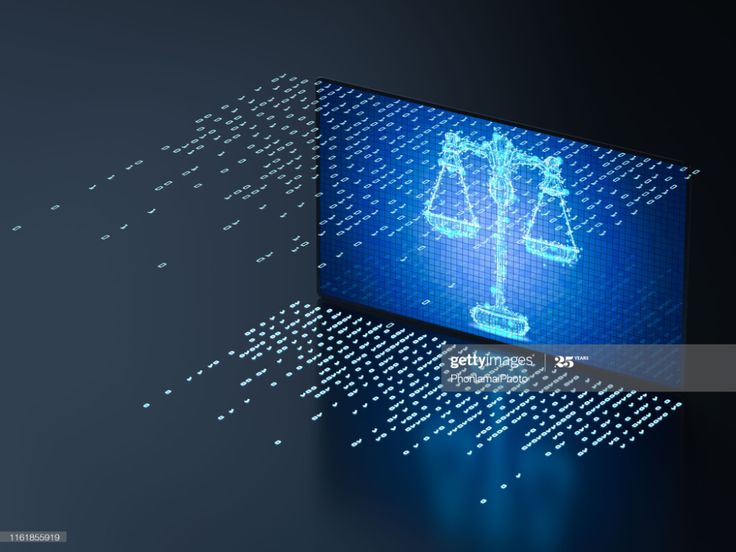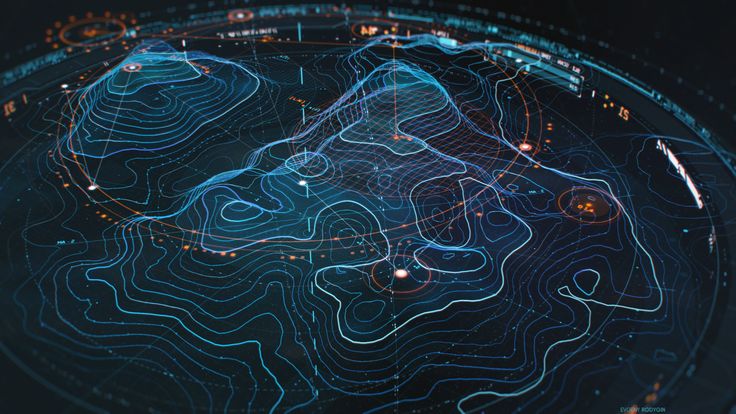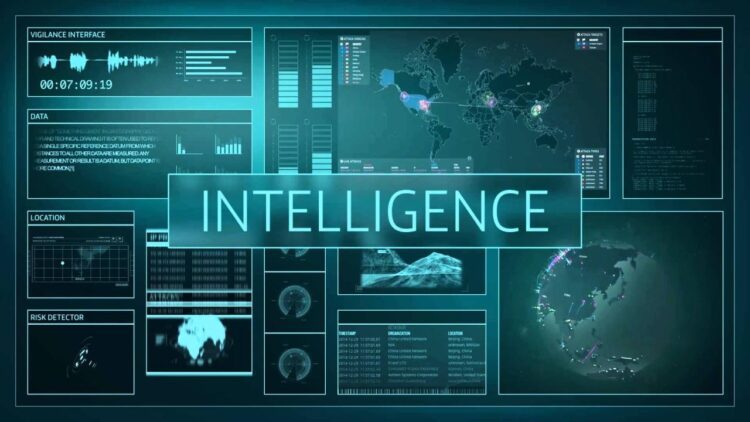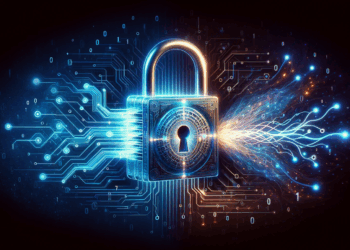Our world is now built on a foundation of data. From global financial markets and critical infrastructure to our most personal conversations and memories, nearly every aspect of modern life is digitized, connected, and stored. This digital transformation has unlocked unprecedented efficiency and innovation, but it has also created a new, sprawling, and highly vulnerable landscape. On this digital battlefield, the threats are no longer distant or hypothetical; they are persistent, sophisticated, and evolving at a terrifying pace. Understanding the cybersecurity threats we face now is not just an IT issue—it’s a fundamental requirement for survival in the 21st century.
The cybercriminals of today are not the lone hackers of Hollywood lore. They are organized, well-funded syndicates and even nation-states, operating with the precision of multinational corporations. They leverage cutting-edge technology, psychological manipulation, and intricate strategies to breach our defenses. Their motives are diverse, ranging from financial extortion and corporate espionage to geopolitical disruption and chaos.
This definitive guide will dissect the most critical and pervasive cybersecurity threats of our time. We will move beyond the headlines to explore the mechanics behind these attacks, from the insidious simplicity of advanced social engineering to the brute force of modern ransomware. More importantly, we will outline the strategic defenses and proactive measures that businesses and individuals must adopt to fortify their digital existence against this ever-present danger.
The Human Element: Phishing and Social Engineering Evolved
While technology grows more complex, the most reliable entry point for any attacker remains the same: the human being. Social engineering is the art of psychological manipulation, tricking people into divulging confidential information or performing actions that compromise security. Its most common and effective delivery mechanism is phishing.
Phishing attacks have moved far beyond the poorly worded emails of the past. Modern campaigns are slick, personalized, and dangerously convincing. Attackers now use a multi-pronged approach to exploit human trust and urgency.
- A. Spear Phishing and Whaling: Unlike broad, generic phishing emails sent to millions, spear phishing is a highly targeted attack. Attackers research their victims—often employees at a specific company—using social media like LinkedIn to gather details about their job title, responsibilities, and professional connections. The email is then crafted to look like it’s from a trusted source, such as a manager or a known vendor. Whaling is a form of spear phishing that specifically targets high-profile individuals like C-suite executives, as their credentials unlock access to the most sensitive corporate data.
- B. Smishing and Vishing: The attack surface has expanded beyond email. Smishing (SMS phishing) uses fraudulent text messages, often containing urgent links about a package delivery or a bank account issue, to trick users into entering their credentials on a fake website. Vishing (voice phishing) involves phone calls, where attackers might use AI-powered voice cloning to impersonate a CEO (a “deepfake” audio attack) and authorize a fraudulent wire transfer, a tactic that has already led to multi-million dollar losses for several companies.
- C. Business Email Compromise (BEC): This is one of the most financially devastating forms of phishing. In a BEC scam, attackers gain access to a corporate email account and then use it to impersonate an employee or executive. They might send an email to the finance department, appearing to be the CEO, and urgently request payment for a fake invoice from a supplier. Because the email comes from a legitimate, trusted internal account, these scams are incredibly difficult to detect and result in billions of dollars in losses annually.
Digital Extortion: The Ransomware Pandemic
If phishing is the key to the front door, ransomware is the armed intruder that takes your most valuable assets hostage. Ransomware is a type of malicious software that, once it infects a system, encrypts all of its files, rendering them completely inaccessible. The attackers then demand a ransom payment, usually in cryptocurrency like Bitcoin, in exchange for the decryption key.
The ransomware business model has evolved into a sophisticated industry known as Ransomware-as-a-Service (RaaS).
- The RaaS Ecosystem: Core ransomware gangs develop and maintain the malware, but they don’t carry out the attacks themselves. Instead, they recruit “affiliates” who are responsible for breaching networks. These affiliates use various methods to gain entry, including phishing emails, exploiting unpatched software vulnerabilities, or purchasing stolen credentials from the dark web. When an affiliate successfully deploys the ransomware, the ransom payment is split between them and the core RaaS developers. This model has dramatically lowered the barrier to entry, allowing less skilled criminals to launch devastating attacks.
- Double and Triple Extortion: Modern ransomware attacks are no longer just about encrypting data. Before they lock the files, attackers now engage in data exfiltration, meaning they steal a copy of the victim’s most sensitive data. This leads to a “double extortion” tactic. If the victim refuses to pay the ransom to decrypt their files, the attackers threaten to leak the stolen data publicly. This adds immense pressure, as a data leak can lead to regulatory fines (like GDPR), reputational damage, and loss of customer trust. Some groups have even added a “triple extortion” layer, where they directly contact the victim’s customers or partners whose data was stolen and demand payment from them as well.
The Rise of Smart Threats: AI-Powered Cyberattacks

Artificial intelligence is not just a tool for defense; it’s also being weaponized by attackers to create more effective and evasive threats. AI is being used to automate and enhance nearly every stage of a cyberattack, from reconnaissance to execution.
- A. Intelligent and Adaptive Malware: AI can be used to create polymorphic malware, which constantly changes its own code to avoid detection by traditional signature-based antivirus software. These AI-driven viruses can learn about the environment they are in, identify the security software being used, and adapt their behavior to remain hidden for longer periods, quietly stealing data or waiting for the opportune moment to strike.
- B. Hyper-Realistic Deepfakes: As mentioned in vishing, AI-powered deepfake technology is a growing threat. Malicious actors can use it to create convincing fake audio or video of executives to authorize fraudulent transactions, manipulate stock prices by releasing a fake video of a CEO’s announcement, or spread disinformation for geopolitical purposes.
- C. Automated Reconnaissance and Spear Phishing: AI can automate the process of gathering information for spear phishing campaigns. An AI can be programmed to scan social media, company websites, and news articles to build a detailed profile of a target employee, and then automatically craft a highly personalized and contextually relevant phishing email, increasing the probability of success far beyond what a human could achieve at scale.
The Hidden Dangers: IoT and Supply Chain Vulnerabilities
The digital battlefield is no longer confined to computers and servers. It extends to every connected device and every trusted partner in our digital ecosystem.
- The Internet of Things (IoT) Attack Surface: Every smart device—from security cameras and smart thermostats in our homes to industrial sensors in a factory—is a potential entry point for an attacker. Many of these devices are manufactured with poor security standards and default passwords that are never changed. Cybercriminals can easily compromise millions of these insecure IoT devices and herd them into a massive botnet. This botnet can then be used to launch crippling Distributed Denial-of-Service (DDoS) attacks, which overwhelm a target’s website or network with so much traffic that it becomes unavailable.
- The Supply Chain as a Weapon: Why attack a fortified castle when you can bribe the person who delivers the food? That’s the principle behind a software supply chain attack. Instead of targeting a company directly, attackers compromise one of its trusted software vendors. They inject malicious code into a legitimate software update. When the target company downloads and installs the trusted update, they are unknowingly installing a backdoor for the attackers. The infamous SolarWinds hack was a prime example, where a compromised update from a network management software vendor led to the breach of thousands of government agencies and top corporations.
Building a Digital Fortress: A Multi-Layered Defense Strategy
Facing this array of threats can feel overwhelming, but a robust defense is not impossible. It requires moving away from a single-solution mindset to a multi-layered strategy that encompasses technology, people, and policy.
- A. Technical Defenses: This forms the foundation. It includes next-generation firewalls, endpoint detection and response (EDR) tools that use behavioral analysis to spot threats, and a strict patch management policy to ensure all software is updated against known vulnerabilities. Implementing multi-factor authentication (MFA) is one of the single most effective steps you can take, as it makes stolen passwords useless without the second verification factor.
- B. The Human Firewall: Technology alone is not enough. Organizations must invest in continuous security awareness training for all employees. This includes regular phishing simulations to teach staff how to identify and report suspicious emails. A well-trained workforce that understands the threats can act as a “human firewall,” representing the first and best line of defense.
- C. Policy and Planning: A strong security posture is guided by clear policies. This includes implementing the Principle of Least Privilege, where employees only have access to the data and systems absolutely necessary for their jobs. Crucially, every organization needs a well-documented Incident Response Plan. This plan outlines the exact steps to be taken the moment a breach is detected, from isolating the affected systems and notifying law enforcement to communicating with customers. A good plan can be the difference between a manageable incident and a catastrophic business failure.
The Mandate for Eternal Vigilance

The cybersecurity landscape is one of constant, dynamic change. The threats we face today will evolve tomorrow, and new ones will emerge. The notion of being “100% secure” is a myth. The goal is not impenetrability, but resilience—the ability to anticipate, withstand, and recover from attacks. This requires a fundamental shift in mindset, from reactive problem-solving to a proactive culture of security that is embedded in every layer of an organization. In our deeply interconnected digital world, cybersecurity is no longer a department; it is a collective responsibility and a permanent state of vigilance.












